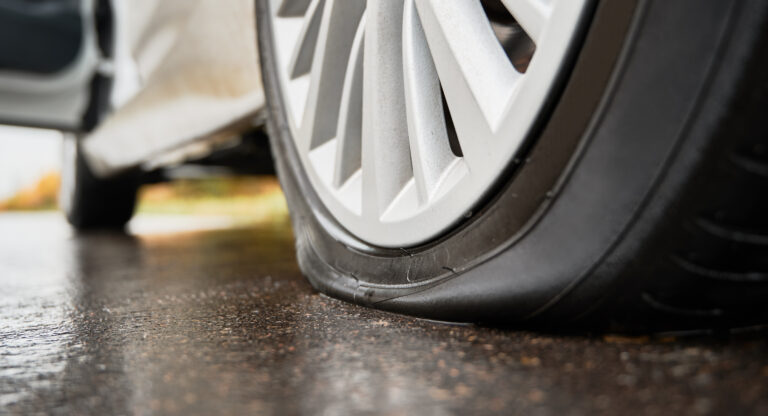Understanding Zero Depreciation Car Insurance and Tyre Coverage
When it comes to car insurance, there are several nuances that car owners should be aware of. One such integral aspect of car insurance is the Zero Depreciation Cover. But does it cover your car’s tyres? Let’s delve into the details.
What is Zero Depreciation Car Insurance?
Zero Depreciation, also known as Nil Depreciation and Bumper-to-Bumper cover, is a sought-after car insurance add-on. It essentially shifts the depreciation liability of your car and its components from you to the insurer, all for an extra premium. Quite often, a single claim can even recover the entire premium amount of this cover.
Coverage under Zero Depreciation
With Zero Depreciation, almost every part of your car is covered at 100%. However, tyres, tubes, and batteries are only covered at 50%. The wear and tear of specific parts like tyres and brake pads, along with mechanical breakdowns, don’t fall under this coverage. So, any damages due to these reasons are ineligible for claims. Further, most insurers don’t consider accessories for Zero Depreciation coverage, which includes elements like wipers, engine mounts, and even batteries.
Is Tyre Covered Under Zero Depreciation Insurance?
Yes, tyres are covered, but not entirely. As previously mentioned, tyres, tubes, and batteries usually receive only 50% coverage under the Zero Depreciation add-on. That means if you experience tyre damages, only half of the costs will be borne by the insurance company.
Tyre Protect Cover: An Overview
In today’s world, where roads can be unpredictable, ensuring your car’s tyres becomes vital. Tyres aren’t cheap and can be significantly damaged by rough terrains. The Tyre Protect Cover is an add-on that offers coverage specifically for damages to tyres.
Key Aspects of Tyre Protect Cover
- Flattening due to hard braking
- Road impacts resulting in cuts or bursts
- Damage from bulging of the tyre sidewall
Benefits of Tyre Secure Cover
- Covers the cost of replacing damaged tyres
- Incorporates labor charges for tyre-related tasks
- Offers protection against accidental losses or damages
- Validity extends to 4 years
Exclusions from Tyre Secure Cover
- Cost of punctures and basic repairs
- Damages due to manufacturing defects
- Improper storage or transportation
- Limitation to replace only 4 tyres during the policy tenure
Understanding Depreciation
Depreciation refers to the gradual reduction in the value of an asset over time. When applied to vehicles, it means that a car’s worth diminishes as it ages, primarily due to regular wear and tear.
Depreciation Calculation
The IRDAI stipulates the rates of depreciation. Some general rates include 50% for rubber, plastic parts, and batteries, 30% for fibreglass components, and variable rates for wooden parts.
Who Should Opt for Zero Depreciation Car Insurance?
If you’ve purchased a brand new or luxury car, live in a risk-prone area, are a novice driver, or utilize your vehicle frequently, the Zero Depreciation policy can be especially beneficial. However, there are terms and conditions, like the age of the car being less than five years, to consider before opting for this policy.
Conclusion
While Zero Depreciation Insurance provides extensive coverage, it’s essential to understand its limits, especially regarding tyre coverage. If you’re particularly concerned about tyre protection, considering a Tyre Protect Cover as an additional add-on might be the way to go.
FAQs
1. Does Zero Depreciation Car Insurance cover tyre damages?
Yes, but only 50% of the damage costs for tyres, tubes, and batteries.
2. What is the primary benefit of Zero Depreciation Car Insurance?
It covers the full cost of repairs without factoring in depreciation, ensuring that you receive a higher claim amount.
3. How often can I claim under Zero Depreciation Car Insurance?
Generally, insurers allow two zero depreciation claims during the policy’s tenure, although some insurers might offer more flexibility.
4. What isn’t covered under the Zero Depreciation policy?
Wear and tear, mechanical breakdowns, damages when driving under the influence or without a valid license, among others.

